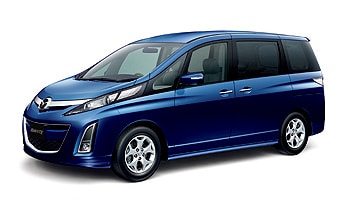
There’s a certain allure to the prospect of piloting a car without a roof down a twisty road: The slipstream buffeting your face, the exhaust note rudely ringing in your ears, the smell of hot metal and burning rubber confirming that you’re giving it stick. It’s the ultimate expression of freedom on four wheels.
Sports cars come in many flavours. For many, the exotics from Ferrari and Lamborghini count among the most desirable. Arguably more rewarding are the everyday, easy-to-drive supercars like the Audi R8 V10 and the Porsche 911 Turbo.
Hardcore sports cars? Think Lotus Exige S, or Aerial Atom. Sports coupés? Audi’s TT, and the impressively affordable VW Scirocco come to mind. And let’s not forget sport sedans such as the Mercedes-Benz C63 AMG, or the Subaru Impreza WRX.
Though the roof is undoubtedly clever. It stows away in a dedicated receptacle behind the seats, and doesn’t encroach on boot space at all. Which is just as well: at a shoebox-sized 150-litres, there isn’t much of a boot to start off with.
The interior is everything you’d expect of a roadster: snug, comfortable and well equipped. The heated sport seats are shaped for support, the small, fat-rimmed steering wheel looks and feels just right and the analogue instrument dials are clearly legible.









.jpg)